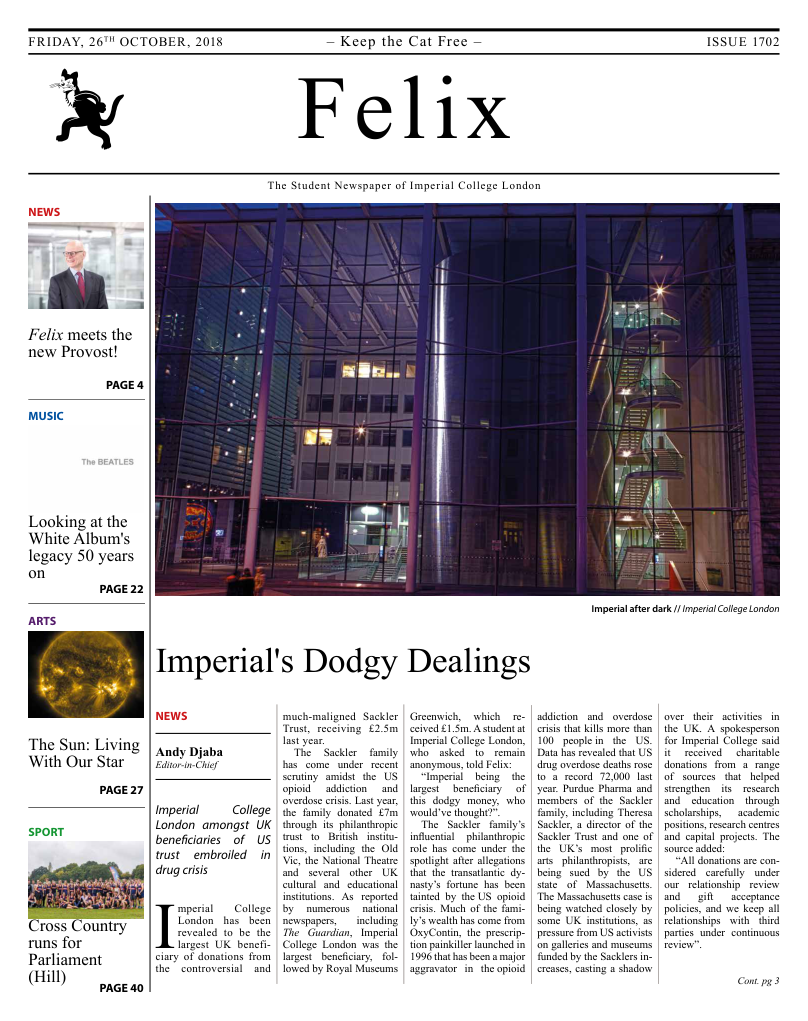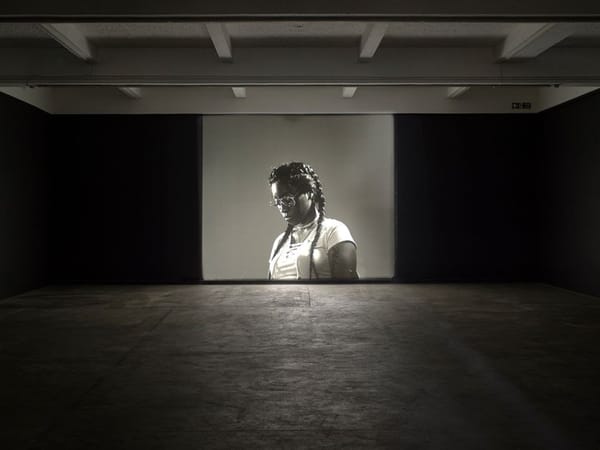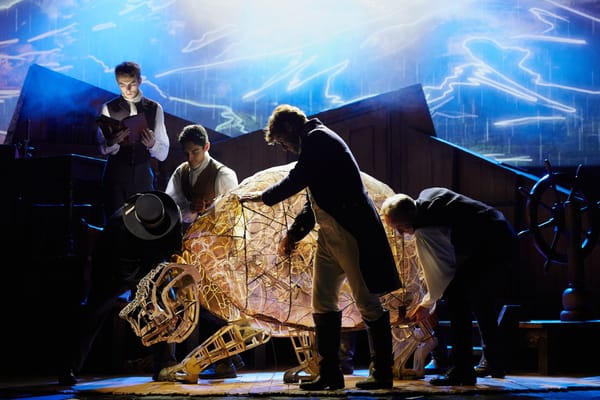The real star of the show
Things are hotting up in the Science Museum. This dazzling and interactive exhibition takes us through the history of humanity’s relationship with our star, and features several contributions from Imperial College.

Following the launch of the long-awaited Parker Solar Probe by NASA in August, the focus for many in the scientific world has shifted heavenwards, towards the most undeniably omnipotent giver of life we know – our Sun. The Science Museum celebrates our local star with a highly interactive and immersive exhibition that explores both the underlying physics of the Sun, as well as its profound impact on culture and humanity throughout history.
After entering through a giant golden archway, you are immediately plunged back in time to begin a chronological exploration of mankind’s relationship with the Sun. Figurines, pottery, and trinkets – each golden piece glistening in the low light – depict some of our earliest fascinations with the Sun, and its likening to various deities. The dawn of science comes swiftly, however, and you’re suddenly surrounded by intricate hand-drawn books of sunspot observations, and an elegant replica of Copernicus’ On the Revolutions of Heavenly Orbs – the seminal text in the development of a heliocentric model of the solar system.
In the absence of physical understanding, one of the major things that could be learned from the Sun was a sense of timekeeping. This is reflected in the exhibition via an array of clocks, ranging from delicate orreries, through to the first accurate atomic clock, built at the UK’s National Physical Laboratory in 1955. As always with the Science Museum, interactive displays take centre stage, and at this point we’re treated to a fun game involving the use of different kinds of sundials.
Next up, we view the Sun from the perspective of health and medicine. Sunlight as a treatment for tuberculosis is a prominent feature, including some quaint advertising campaigns promoting beach holidays, and a rather horrific looking mirrored sunbed for children, designed by John Harvey Kellogg, of Cornflake fame. A manmade beach in neon and chrome offers viewers brief respite and the chance to recline while listening to the sounds of beaches around the world through handheld coconut speakers. The juxtaposition is frank, however, and worship turns to warning upon the realisation of the dangers associated with overexposure to sunlight. Now the posters promote covering up, staying indoors, or better still, buying a range of protective products. This culminates in a television ad from the much-loved Australian 80s campaign Slip-Slop-Slap. At the close of this section, we’re given the chance to try on historical sunglasses, from Inuit wooden goggles to 50s fashion glasses, in a virtual mirror.
From here we enter more modern times, with displays on how the Sun can be used as an energy resource, and our attempts to recreate its power in nuclear fusion projects such as JET and ITER. A stark yellow “sunbeam” installation punctuates and illuminates the room, and there are yet more hands-on experiences such as a giant LED screen where you can watch the sun rise in a location and season of your choice, and a challenge to charge a giant battery by directing a beam across the table with rotating mirrors. From here we learn about the Sun’s structure, and its influence on Earth by virtue of its powerful magnetic field. A charming animation tells the story of astronomer Richard Carrington and the great solar flare of 1859 which caused aurorae so bright that people were able to read at the dead of night without a lamp. The potential for a large solar storm to massively disrupt all technology on Earth is explained; there’s a game where you can attempt to save the planet by spotting active regions on the Sun which threaten to erupt, and a ‘survival kit’ for a geomagnetic storm. While the dramatization is fun, it is perhaps overstated to the extent of fear-mongering, painting the Sun’s awesome power as a deadly threat to life on Earth. While not untrue, it is perhaps at odds with the tone of the rest of the exhibition.
This segues into a brief history of space missions to study the Sun, including Skylab, Helios and Ulysses. Perhaps a personal highlight of the exhibition was a scale model of the Solar Orbiter probe which, upon its scheduled launch in 2020, will carry a magnetometer built here at Imperial all the way to the Sun. Sitting far out on the back of the spacecraft, the instrument is designed to withstand temperatures ranging from 80°C to -140°C. A prototype sits in a glass case, beneath a video interview with instrument manager and department of Physics’ very own Helen O’Brien.
The grand finale is a cinema room showing stunning footage from NASA’s Solar Dynamics Observatory, where the Sun can be seen up close in a variety of wavelengths – turbulent and eruptive as its fiery plasma coils elegantly around its complex network of magnetic field lines. While quite short for a relatively steep price, this is an informative and enjoyable exhibition that covers everything about the Sun from our earliest understandings to the cutting edge science of today.
-4 stars










